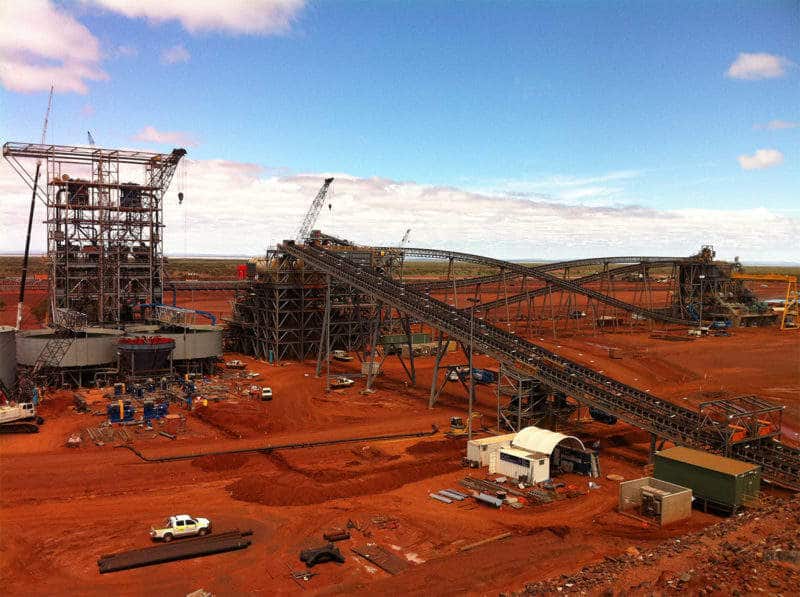Lithium Giant Warns on Supply

US giant Albemarle will switch off its new lithium asset in Western Australia’s Pilbara region if demand for the battery commodity proves to be weak.
Albemarle increased its exposure to Australia in December when it agreed to pay $US1.15 billion ($1.64 billion) for half of Mineral Resources Ltd’s Wodgina lithium mine near Port Hedland.
The deal gives Albemarle responsibility for selling and marketing all the spodumene concentrate produced by Wodgina, and chief executive Luke Kissam indicated the company would prioritise value rather than export volumes.
“We’re going to market the Wodgina raw to meet the demand. If the demand is not there, we won’t run the plant,” he said, in reference to the processing plants that produce the spodumene concentrate.
Daily market prices for lithium in China have virtually halved over the past year due to disruption in demand relating to changing electric vehicle subsidies and perceptions of increased lithium supply from new mines in Australia.
Mr Kissam said the Chinese companies that convert Australian spodumene into battery-grade lithium carbonate had excess supply of spodumene at the moment, and that had translated into an oversupply of lithium carbonate in China.
Mr Kissam said he expected the oversupply situation to persist for much of this year, with prices potentially improving towards the end of the year.
Mineral Resources has disclosed a 36 per cent fall in received prices over the past nine months for the spodumene concentrate produced by its Mount Marion joint venture.
Albemarle said the Wodgina acquisition was not immune from weak spodumene prices, but the company remained confident in the long-term merits of the deal.
“We are not buying this for this quarter or for the next quarter, but for the next 20 years to be able to drive the returns and we’re still confident in those returns over that period,” said Mr Kissam.
The Wodgina transaction came just months before Wesfarmers announced a $776 million takeover bid for Kidman Resources, which owns half of a large but undeveloped Western Australian spodumene deposit.
Mr Kissam said the slump in lithium prices was not making lithium mines cheap to buy.
“Some of the better resources still have pretty high valuations … the ask is still pretty steep from a resource standpoint,” he said on Friday.
The Wodgina transaction is expected to be finalised after June, in what shapes up as a big year for Albemarle’s Western Australian operations, with a $1 billion expansion of its 49 per cent-owned Greenbushes mine also expected to get underway in June.
Part of the increased output from Greenbushes will be consumed by a $400 million lithium hydroxide processing facility at Kemerton, which Albemarle started building earlier this year.
Albemarle originally hoped the first lithium hydroxide would be produced in 2020 when 40,000 tonnes of capacity was expected to be ready.
First production at Kemerton is now expected to come later, but with more capacity brought online from the outset.
“The first phase will encompass three trains of 20,000 to 25,000 metric tonnes capacity apiece and expected to be commissioned in stages during the second half of 2021 and continuing into 2022,” said Mr Kissam.
Albemarle and Mineral Resources also plan to build lithium hydroxide processing facilities adjacent to Wodgina, and slides published by Albemarle in February suggest first production of lithium hydroxide from Wodgina would be in about 2022.
The slides implied that 50,000 tonnes of lithium hydroxide from Wodgina would enter the market after the first three processing “trains” at Kemerton, but before the fourth and fifth processing “trains” at Kemerton.
Source: Australian Financial Review, 12 May 2019
